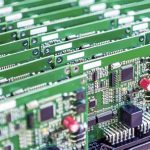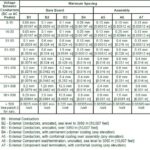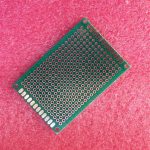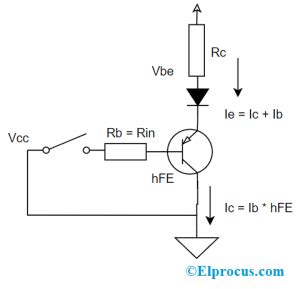
Blog
-
MMBT3904: NPN Switching Transistor
Posted by
–
 Read more: MMBT3904: NPN Switching Transistor
Read more: MMBT3904: NPN Switching TransistorIntroduction to the MMBT3904 What is a Switching Transistor? A switching transistor is a semiconductor device that can be used to control the flow of electric current in a circuit. It acts as an electronic switch, allowing current to pass through when turned on and blocking current when turned off. […]
-
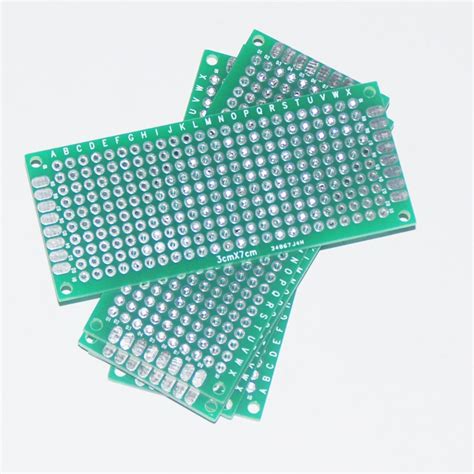 Read more: 10 Ways to Make a Prototype for Your Exact Needs – PCB Maker Tells You
Read more: 10 Ways to Make a Prototype for Your Exact Needs – PCB Maker Tells YouIntroduction When it comes to creating a new electronic device, having a functional prototype is crucial. A PCB Prototype allows you to test your design, identify any issues, and make necessary adjustments before mass production. In this article, we’ll explore ten ways to make a PCB prototype that meets your […]
-
How to Design a PWM Circuit You Need
Posted by
–
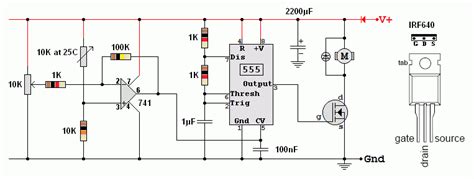 Read more: How to Design a PWM Circuit You Need
Read more: How to Design a PWM Circuit You NeedUnderstanding PWM Basics Before we dive into the design process, let’s first understand the fundamentals of PWM. PWM is a method of encoding analog signal levels into a digital signal by modulating the width of the pulse. The duty cycle, which is the ratio of the pulse width to the […]
-
Sawtooth Wave Generator – Understand it Clearly
Posted by
–
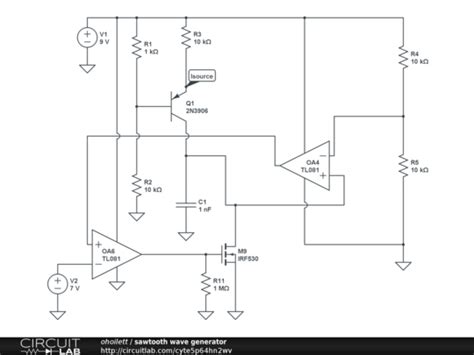 Read more: Sawtooth Wave Generator – Understand it Clearly
Read more: Sawtooth Wave Generator – Understand it ClearlyIntroduction to Sawtooth Waves and Generators A sawtooth wave is a basic waveform that linearly increases in amplitude before sharply dropping back down. It resembles the teeth of a saw, hence the name “sawtooth”. Sawtooth waves contain both even and odd harmonics, giving them a brighter and buzzier sound compared […]
-
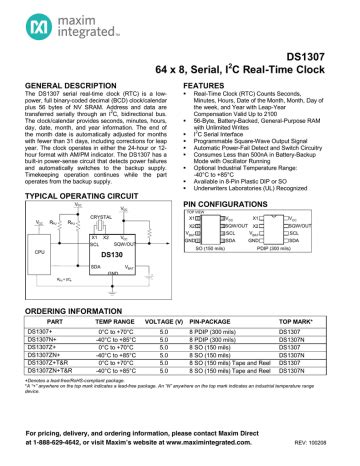 Read more: DS1307 Pinout: An in-depth Guide to the Real-Time Clock IC
Read more: DS1307 Pinout: An in-depth Guide to the Real-Time Clock ICIntroduction to the DS1307 Real-Time Clock IC The DS1307 is an 8-pin RTC IC manufactured by Maxim Integrated (formerly Dallas Semiconductor). It is designed to keep track of time and date information, even when the main power supply is interrupted, thanks to its built-in backup battery. Key Features of the […]
-
2SC2879: Everything you Need to Know and More!
Posted by
–
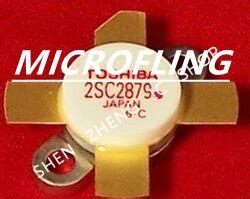 Read more: 2SC2879: Everything you Need to Know and More!
Read more: 2SC2879: Everything you Need to Know and More!Introduction to the 2SC2879 Transistor The 2SC2879 is a high-power NPN bipolar junction transistor (BJT) that is widely used in Audio Amplifier Circuits, power supplies, and other high-current applications. This transistor is known for its excellent current gain, high collector-emitter voltage rating, and ability to handle large currents. In this […]
-
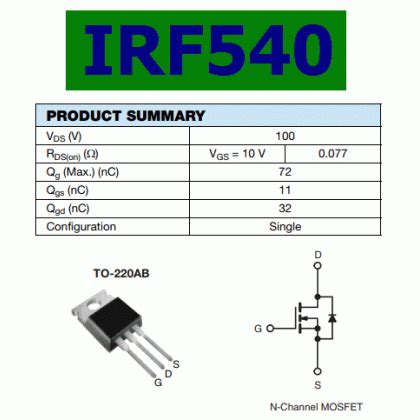 Read more: Irf540 Pinout- Working Principle, Features, and Applications
Read more: Irf540 Pinout- Working Principle, Features, and ApplicationsIntroduction to the Irf540 MOSFET The Irf540 is a popular N-channel power MOSFET (metal-oxide-semiconductor field-effect transistor) widely used in electronic circuits for switching and amplification purposes. This device is known for its high current handling capability, low on-resistance, and fast switching speeds, making it suitable for various applications such as […]
-
 Read more: Bug Zapper Circuit – DIY Projects For Eliminating Insects
Read more: Bug Zapper Circuit – DIY Projects For Eliminating InsectsWhat is a Bug Zapper? A bug zapper, also known as an electronic insect killer or electrical discharge insect control system, is a device that attracts and kills flying insects using an electrical current. The device typically consists of a light source to attract the insects and a pair of […]
-
Bug Zapper Circuit: All You Need to Know
Posted by
–
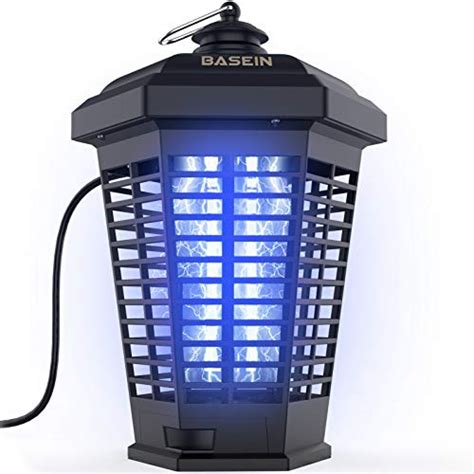 Read more: Bug Zapper Circuit: All You Need to Know
Read more: Bug Zapper Circuit: All You Need to KnowIntroduction to Bug Zappers A bug zapper, also known as an electronic insect killer or electric fly swatter, is a device designed to attract and kill flying insects such as mosquitoes, flies, and moths. These devices typically use ultraviolet light to lure insects into an electrified grid, where they are […]
-
ARM Development Boards
Posted by
–
 Read more: ARM Development Boards
Read more: ARM Development BoardsWhat are ARM DevBoards? ARM DevBoards, short for ARM Development Boards, are specially designed printed circuit boards (PCBs) that incorporate an ARM processor along with other essential components required for developing and testing embedded systems. These boards provide a platform for developers to write, compile, and debug their code, as […]
